TInv-16
TEMPUS INVICTUS
Chapter XVI: Space Age Science
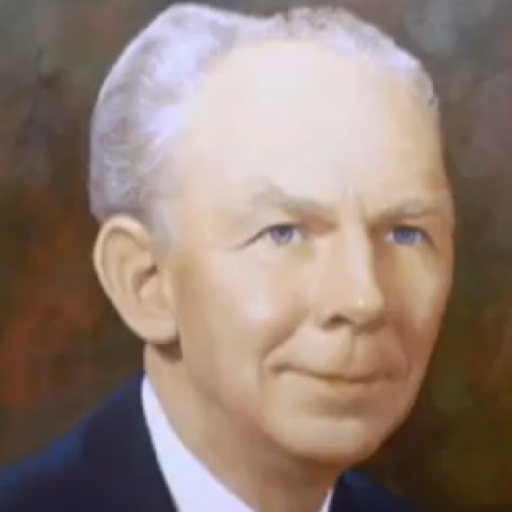 Dear Student: As you no doubt know, one aspect of our Unarius policy is, from time to time and at most auspicious occasions, to present to the Unariun student and to any and all other interested persons or parties, the different and collective findings of our various scientists who are now so busily occupied extending the frontiers of man’s knowledge. This course of action is made necessary because of the advanced nature of the Unariun concepts and ultimately science will, in itself, furnish its own incontestable proof that the Unariun curriculum and all compounded truths and concepts therein will thus become the transpository vehicle of man’s future endeavors which will enlighten his mental horizon and give him workable answers to his present enigmas and riddles.
Dear Student: As you no doubt know, one aspect of our Unarius policy is, from time to time and at most auspicious occasions, to present to the Unariun student and to any and all other interested persons or parties, the different and collective findings of our various scientists who are now so busily occupied extending the frontiers of man’s knowledge. This course of action is made necessary because of the advanced nature of the Unariun concepts and ultimately science will, in itself, furnish its own incontestable proof that the Unariun curriculum and all compounded truths and concepts therein will thus become the transpository vehicle of man’s future endeavors which will enlighten his mental horizon and give him workable answers to his present enigmas and riddles.
The months of May and June 1965, were particularly propitious in their collective exposés and from different fronts and scientific fields by prominent physicists who began to discuss quasi-stellar bodies. These are super stars whose light comes from space billions of light years ago and whose tremendous radiations of energy defy the present day quantum physics in analyses. Then this was quickly followed by a new presentation of the expanding and contracting universe as it was drawn diagrammatically, a long line terminating in a Y-shaped fork and with these quasistars placed at the fork.
Now right here we will interject an observation. In numerous places in the Unarius books and lessons, you can find references and descriptions of the expanding contracting universe, and the tremendous centrifugal and centripetal forces which are in action in this huge cosmic centrifuge; and the quasi-stellar bodies can thus be easily placed in the center of this centrifuge. The expanding and contracting cycle, by the way, is supposed to have about an 80 billion year duration according to the scientific article. We, of course, place no consensus on time factors, as in all fourth-dimensional hypotheses, time is an integrated factor. The scientist is concerned with it as he thinks it is a necessary third-dimensional constituent. However, the “piece de résistance” came in the June 21st issue of the Los Angeles Times. Here two scientists working for the space age laboratory at the University of California at Berkeley, J. M. Wilcox and N. F. Hess, (NASA) and with information from different sources including the new satellite “Imp I” have what they believe to be the discovery of the magnetic theory of the solar system. We have reproduced this news article for you and excerpts of the aforementioned articles. If you will look in your Lessons 3 and 4 of the Advanced Course, you will find a number of diagrams which accurately describe the magnetic lines of not only our solar system but the atom and the universe as well.
And while you are perusing these lessons, remember they were published and copyrighted in 1960—five years before these scientific “discoveries”—using billions of dollars of technical equipment including satellites. If you will pause and reflect upon all of these juxtapositions, several things will emerge clear and apparent and which can be crystallized into one compelling conclusion: that there is in the world today a man who has placed at the disposal of mankind all-important and necessary facts and facets which are of concern and interest to mankind; concepts and facts which could save almost countless billions of dollars in these crude efforts to explore space, countless billions more spent trying to avert or compensate for the great human tragedy of ignorance in the field of medicine, psychiatry, a common human psychology, a workable brotherhood, all aspects and factors of human life, all relationships which run the gamut from the atom to the countless universes in fathomless space—all of these facts and many more are contained in the books and lessons and tapes which the Unariun Moderator has placed in your hands and at the disposal of mankind in general.
Yes, there is a moral to be found here, for within these Unariun works there is also to be found a personal note, a key for every human who will search within these Unariun liturgies, a key which will unlock the doorway into the heavens above, a brilliantly lighted pathway well marked by personal achievements and conquests over self as it has been lived in the past; and even a more final and ultimate goal wherein each soul shall find immortality and a creative everlasting life.
* * * * *
Los Angeles Times—Mon., June 14, 1965—
Find May Solve Universe Riddle. Two Astronomical Discoveries Hint at Expanding, Curving Cosmos
By Irving S. Bengelsdorf
Times Science Editor
Two major discoveries of extremely distant objects in the heavens—coming “back to back” within a period of a few weeks—make this the most exciting month in the history of astronomy since man first used a telescope 356 years ago.
The unique properties of the newly discovered astronomical objects soon may permit man to solve the riddle of the nature of our universe.
Dr. Allan R. Sandage has just reported his discovery of numerous, hitherto unsuspected, remote, faint blue objects which he calls quasi-stellar blue galaxies (QS-BG). They do not emit radio signals and for the last 20 years were believed to be local blue stars in the outer regions of our Milky Way Galaxy.
And Dr. Marten Schmidt recently announced his analysis of the light coming from five more, extremely distant, radio-emitting, relatively rare astronomical objects known as quasi-stellar radio sources (QSRS). Prior to 1963 they also were believed to be normal faint stars in our galaxy. Light Studied in Detail
About 40 QSRS are known, of which the light from nine has been studied in detail. One QSRS, 3C-9, is farther away from earth than any other known object. Both Drs. Sandage and Schmidt are staff members of the Mt. Wilson and Palomar Observatories operated by the Carnegie Institution of Washington and the California Institute of technology. The 200-Inch Hale telescope atop Mt. Palomar played a key role in the research.
What excites astronomers and cosmologists about the recently discovered QSRS and the just unveiled QSBG is that both types of objects are at enormous distances from earth, and that the light we receive from them has undergone very large red-shifts.
Light travels as waves and the distance from crest to crest is called the wave length. If the wave length of light becomes “stretched out” or lengthened in its journey through space from its source to earth—it is said to have undergone a red-shift. It is these two unusual features of the QSRS and QSBG—great distances from earth and large red-shifts—which soon will permit man to determine the exact structure of the universe.
At present, there are four proposed models of the cosmos. Study of the QSRS and QSBG will allow man either to pick out which of these four is correct, or it may even lead to new, presently unthought-of concepts and models of the universe.
What sort of an expanding universe? To solve this problem, the scientist draws the accompanying diagram.
Each astronomical object has a red shift and a brightness (a distance) which can be plotted. The diagram says that the further you go to the right the less is the brightness and the greater is the distance. The further you go upwards on the diagram the greater is the red-shift and the greater is the velocity at which the object is moving away from us.
Thus, the upper left part of the diagram would represent objects with large redshifts and small distances; the bottom left part—objects with small red-shifts and small distances; the bottom right part—objects with small red-shifts and large distances; the upper right part (shaded)—objects with large red-shifts and large distances.
Saddle—Shaped
If the rate of expansion of the universe is constant, then astronomical objects would lie along the straight solid line. This line represents the Euclidean model of the universe—a flat universe which is open and infinite, expanding forever at the same rate.
If the rate of expansion is speeding up, then astronomical objects would lie along the dashed line which falls away and down from the solid Euclidean line. This dashed line represents the Hyperbolic model of the universe—a curved saddle-shaped universe which is open and infinite and in which the expansion is accelerating.
If the expansion is slowing down, then astronomical objects would lie along the dashed line which falls away. . .
Sun’s Magnetic Waves Found Circling Earth
By George Getze
Times Science Writer
June 20, 1965—Like a gigantic lawn sprinkler sending streams of water spiraling over the ground, the sun’s rotation sends waves of magnetism sweeping regularly past the earth. This analogy was made Saturday by J. M. Wilcox of the University of California’s space sciences laboratory at Berkeley, and N. F. Hess, of the National Aeronautics and Space Administration.
Wilcox and Ness discovered the distinct and repeating magnetic patterns by observing along the orbit of “Imp I”, a scientific satellite known as the interplanetary monitoring platform.
Their findings confirm the existence of a great spiral structure in the interplanetary magnetic field that extends out from the sun and which turns in time with the sun’s period of rotation.
Four Distinct Spirals
This data has shown the existence of four distinct spirals in the magnetic field. Recurring patterns of intensity have been detected in each spiral, and the spirals alternate in the direction of the magnetic force.
That is, the force in one sector is directed toward the sun, and in the next is directed away from the sun, and so on for all four.
As each spiral sweeps past the earth it seems to influence the activity within the earth’s own magnetic field, and also appears to affect the intensity of the cosmic ray bombardment of the earth, Wilcox and Ness report in Science, a publication of the Assn. for the Advancement of Science.
Two Physical Forces
The spiral effect in space is created by two physical forces acting upon the magnetic fields that surround the sun. The first is the outward force exerted by the charged particles that are continuously flowing from the solar corona. This is known as the solar wind and extends out into space farther than the earth and other planets.
The second force is the rotational pull exerted by the sun’s own rotation, which takes place in cycles of 27 days.
The four spiraling sectors are not equal in size, according to the scientists.
Different Sectors
Three sectors each represent about 28 percent of the entire circular field round the sun, and each of these takes about 7.75 earth-days in an average sweep past the earth. The other sector is half the size of the others, and takes about 4 days to sweep past the earth. Of greatest interest are the regular patterns of magnetic intensity that take place within each of the spiraling sectors, the two observers reported.
The data indicate that intensity reaches a peak level on the second day after the passage of the boundary between one sector and the next, and then declines to a low at about the sixth day.
Field Changes
It would seem from this, Wilcox and Ness said, that the magnitude of the interplanetary magnetic field rises in the forward portion of the sweep and falls in the trailing portion of the sector. Ground observations of the changes in the earth’s own magnetic field showed more or less the same thing: that earth magnetism fluctuates more during the peaks of the solar spiral sweeps, and is steadier when their magnetic intensity goes down.
Counts of cosmic rays reaching the earth also showed the effect, with relatively few during the magnetic peaks of the four spirals, and heavier bombardment during the lows. Higher magnetic intensity in space may cause scattering of the cosmic particles so that fewer reach the earth during those periods, the two men believe.
Blue “Stars” Hint at Finite Space
By Irving S. Bengelsdorf
Times Science Editor
June 13, 1965—Astronomers have discovered the heavens are peppered with hitherto unsuspected, very far away, faint blue astronomical objects which permit man to take a giant step forward in attempts to understand the physical nature of the universe.
These blue objects, together with new findings regarding the so-called “radio stars”, the rare celestial objects known as quasi-stellar radio sources discovered only two years ago, make the last four weeks the most exciting month in astronomy since Galileo first looked at the moon through his telescope.
Periods of “Pulses”
Preliminary interpretations of the new findings by Dr. Allan R. Sandage, of the Mt. Wilson and Palomar observatories, suggest that our universe is finite and pulsating—expanding outwards from a “big bang” explosion, slowing down, returning, undergoing a “big bang” again. Sandage even estimates that the pulse period—from one “big bang” to the next—is about 80 billion years.
He estimates that it has been 15 billion years since the last “big bang”. The evidence also suggests that the steady state theory of the universe—that matter is being formed continually and the universe is infinite and timeless—is incorrect.
Using the 200-inch Hale telescope atop Mt. Palomar Dr. Sandage discovered a novel class of distant blue celestial objects which does not emit radio signals.
Assisted by Phillipe Veron, a research student from France, Sandage made the exciting discovery in his search of the sky to detect new examples of other, relatively rare celestial objects known as quasi-stellar radio sources. The newly discovered blue objects are so “fresh” that they have not received any “official” name as yet. The objects are known variously as “interlopers”, or “blue stellar objects” (BSO), or “quasi-stellar blue galaxies” (QSBG).
Regardless of what they are called, the BSO are extremely far away in distance and, thus, represent matter as it existed far back in time. They can serve as important new yardsticks and guideposts to provide further clues for our insight into the creation, evolution, form and destiny of the universe.
Answer Possible
The BSO, since they are so numerous, may tell us whether the universe is an open system expanding indefinitely, or whether it is a definite closed, pulsating system—expanding first, then contracting, then expanding, then contracting.
More research is needed, however, to definitely establish our universe as finite and pulsating. The evidence, thus far, rests only upon nine quasi-stellar radio sources (QSRS) and only three blue stellar objects. Hardly enough to make a definite decision.
*Copyright, 19 Los Angeles Times Reprinted with Permission.
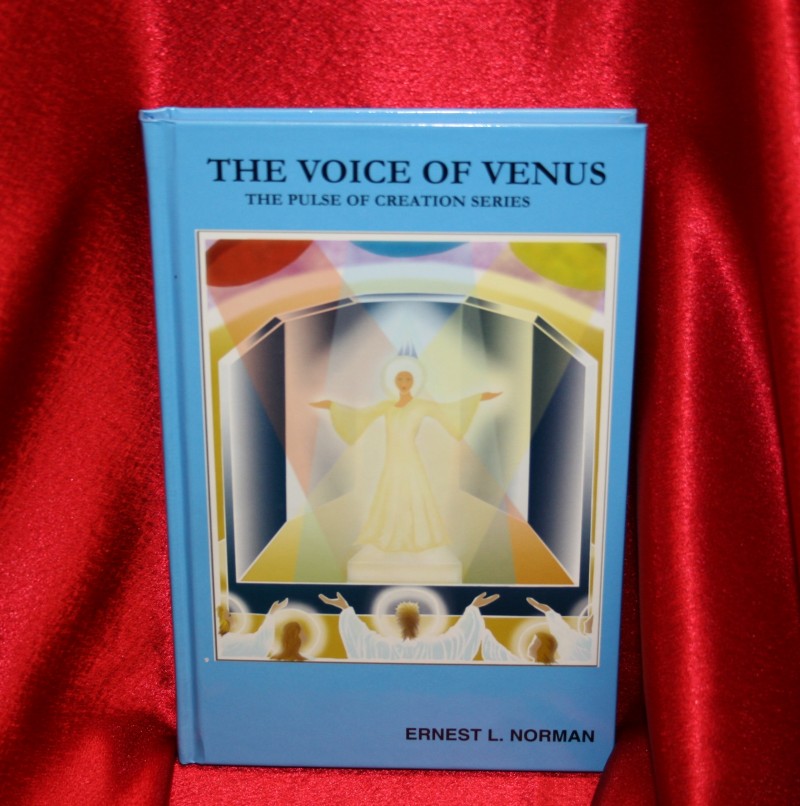

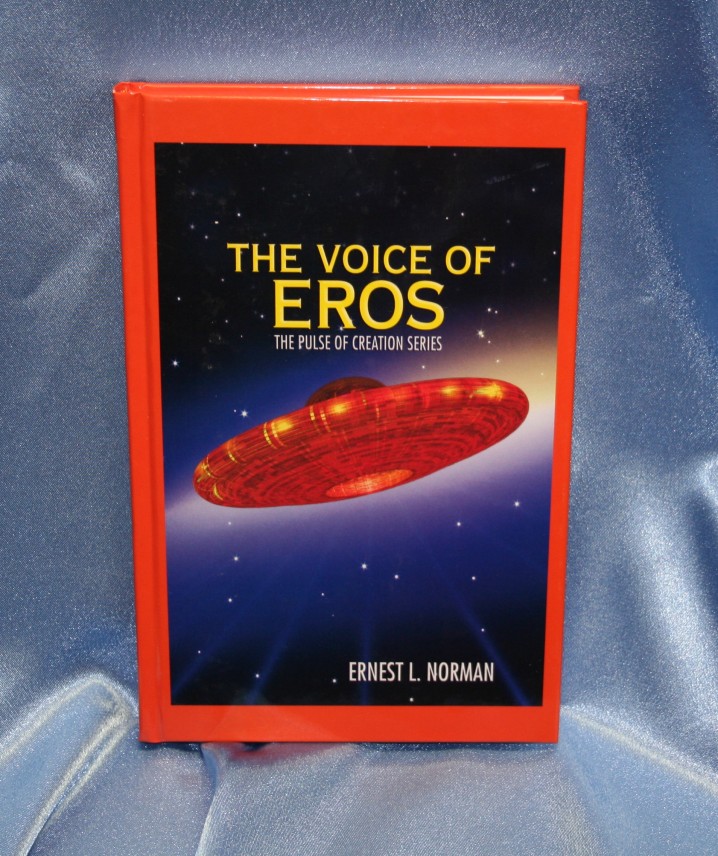

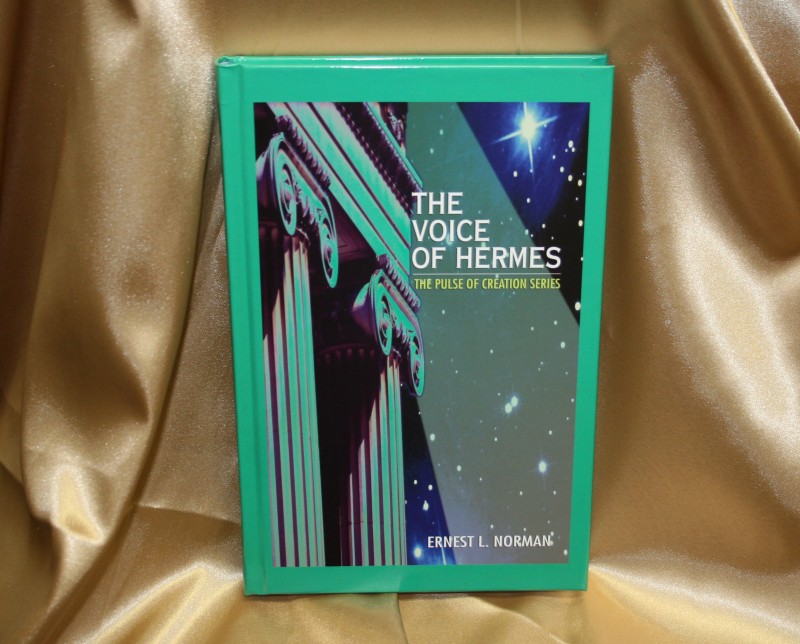
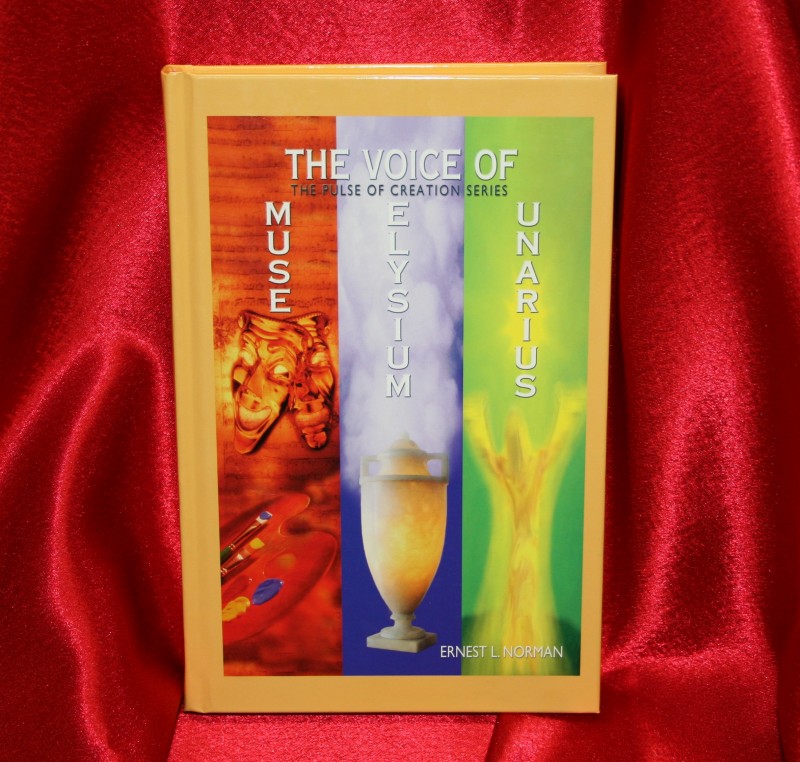


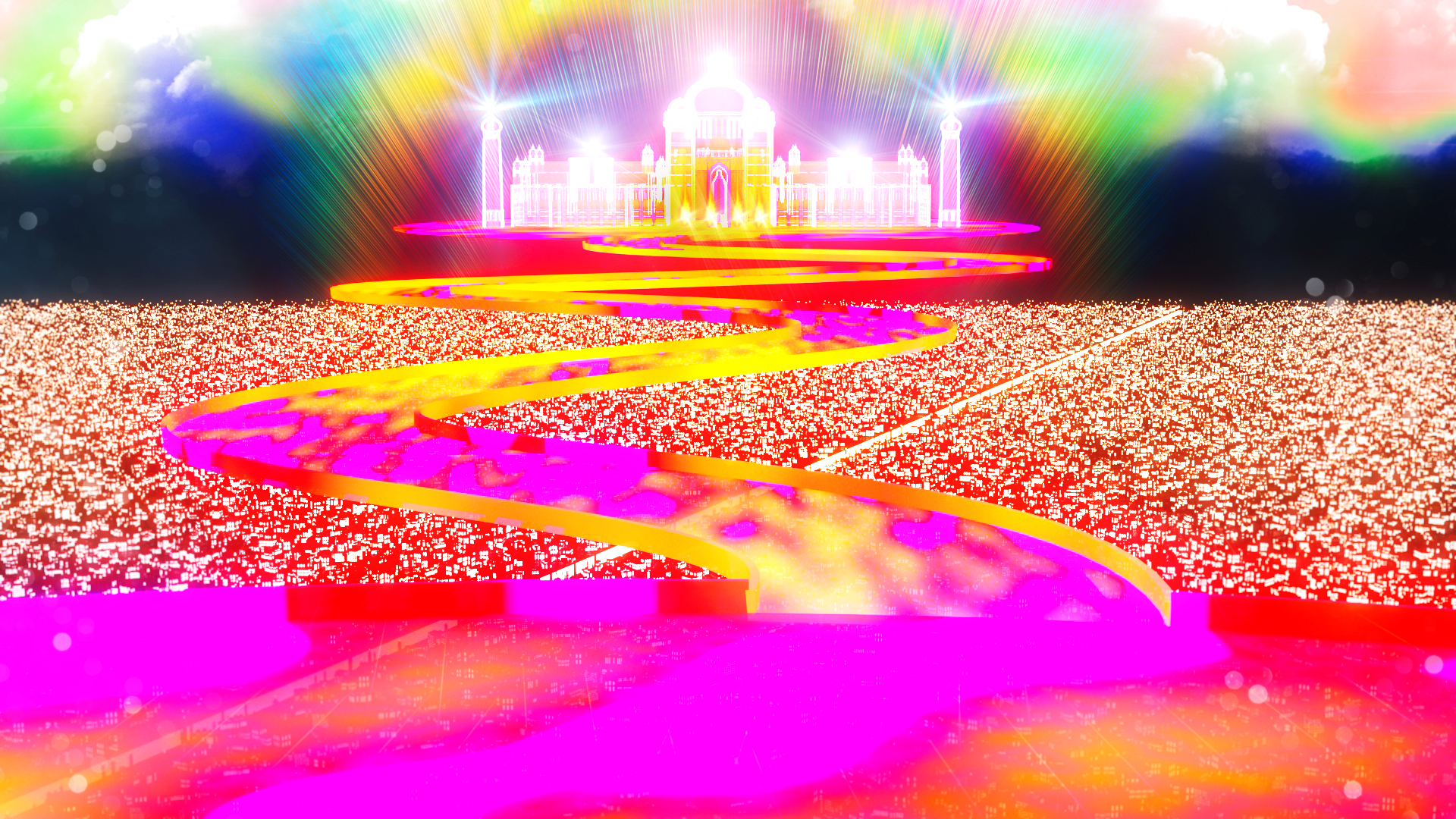
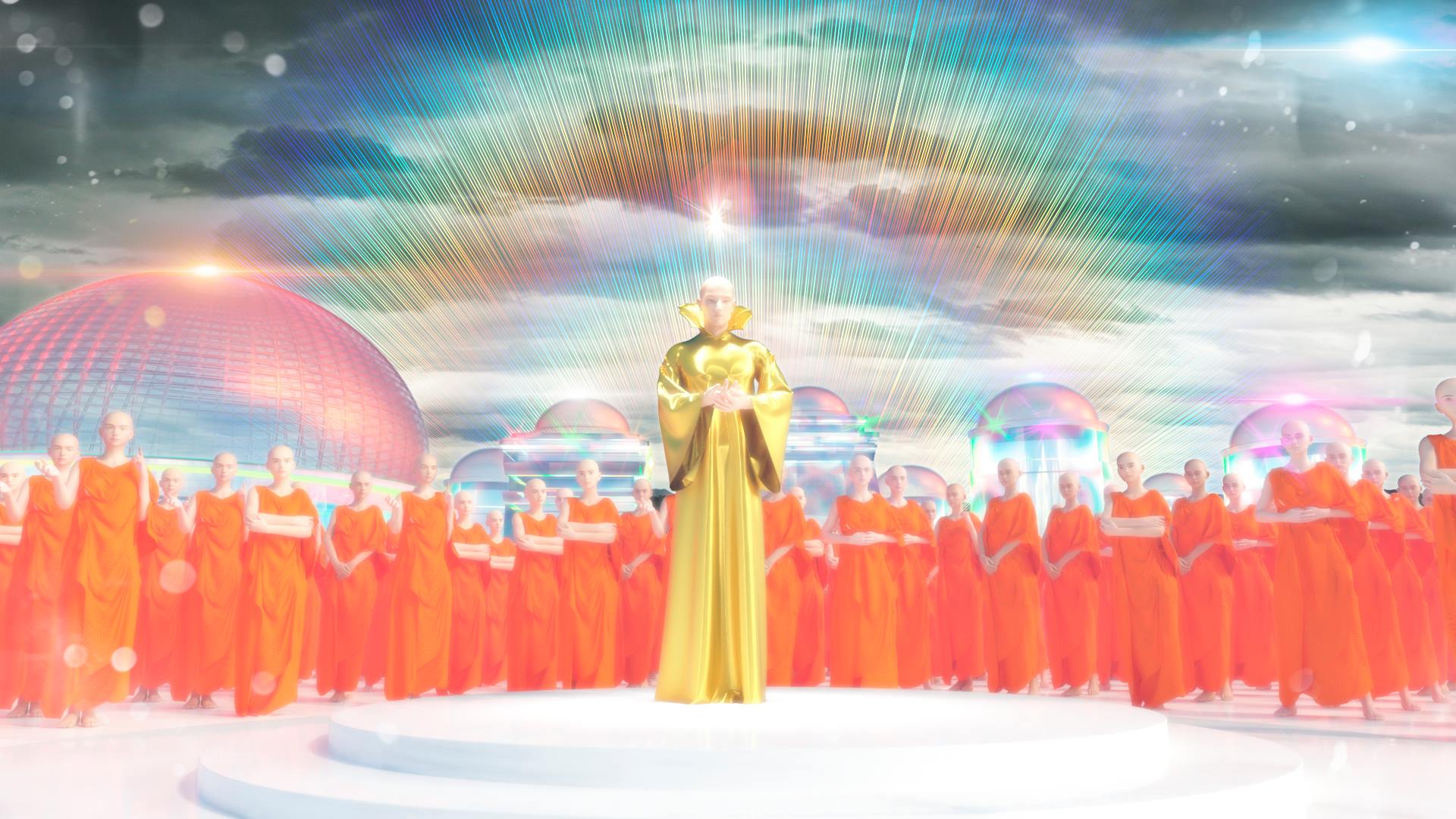












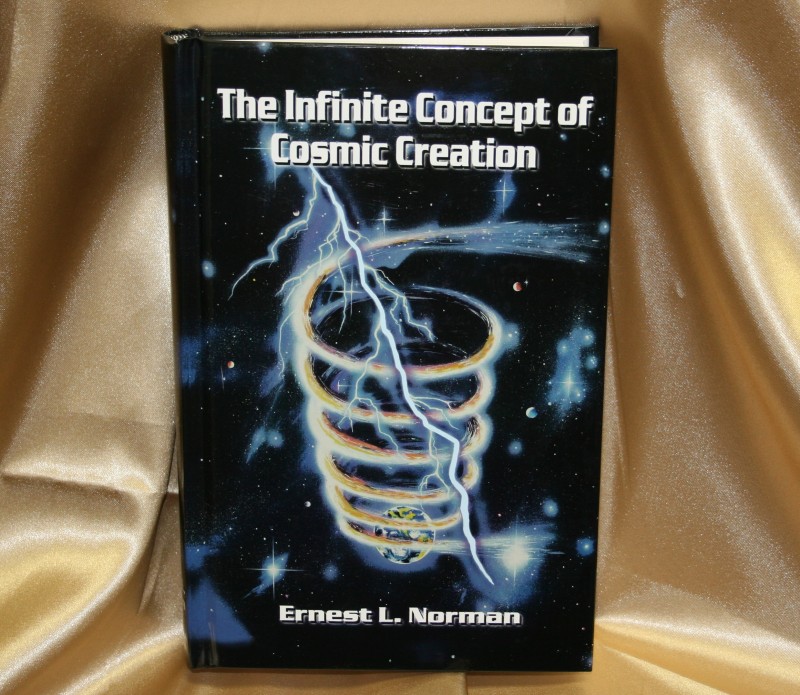
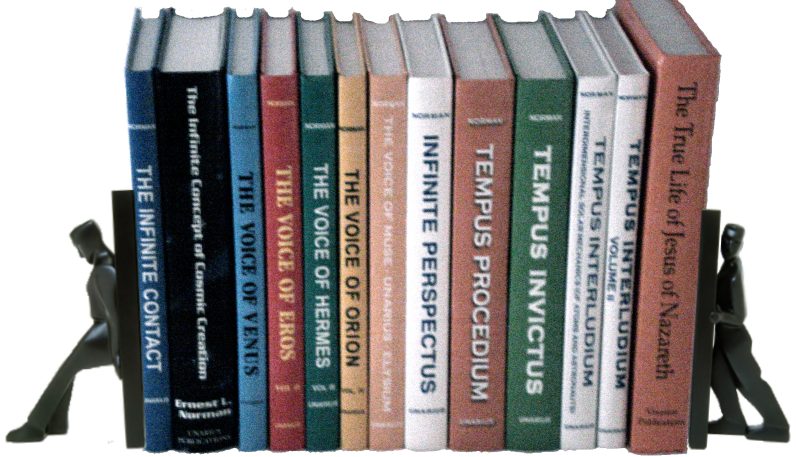

Recent Reflections…